February 13, 2025
Love at first ROAR!
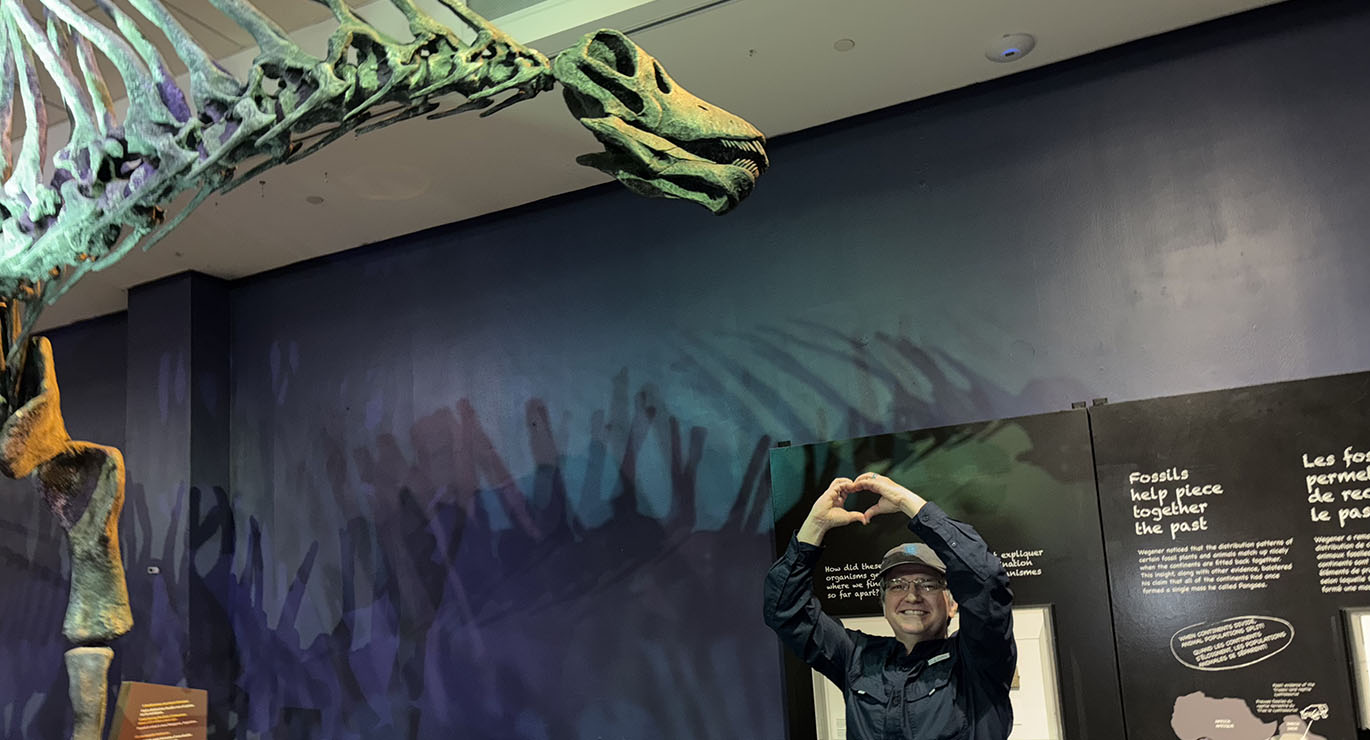
Do you LOVE dinosaurs? If so, get ready for an unforgettable journey through our newest special exhibit, Ultimate Dinosaurs!
Ultimate Dinosaurs explores the fascinating species that evolved in isolation in South America, Africa and Madagascar. While exploring the exhibit, visitors experience an impressive blend of skeletal displays and augmented reality, bringing dinosaurs to life in an exciting new way.
We’ve teamed up with paleontologist Dr. Brian Curtice to highlight five must-see specimens.
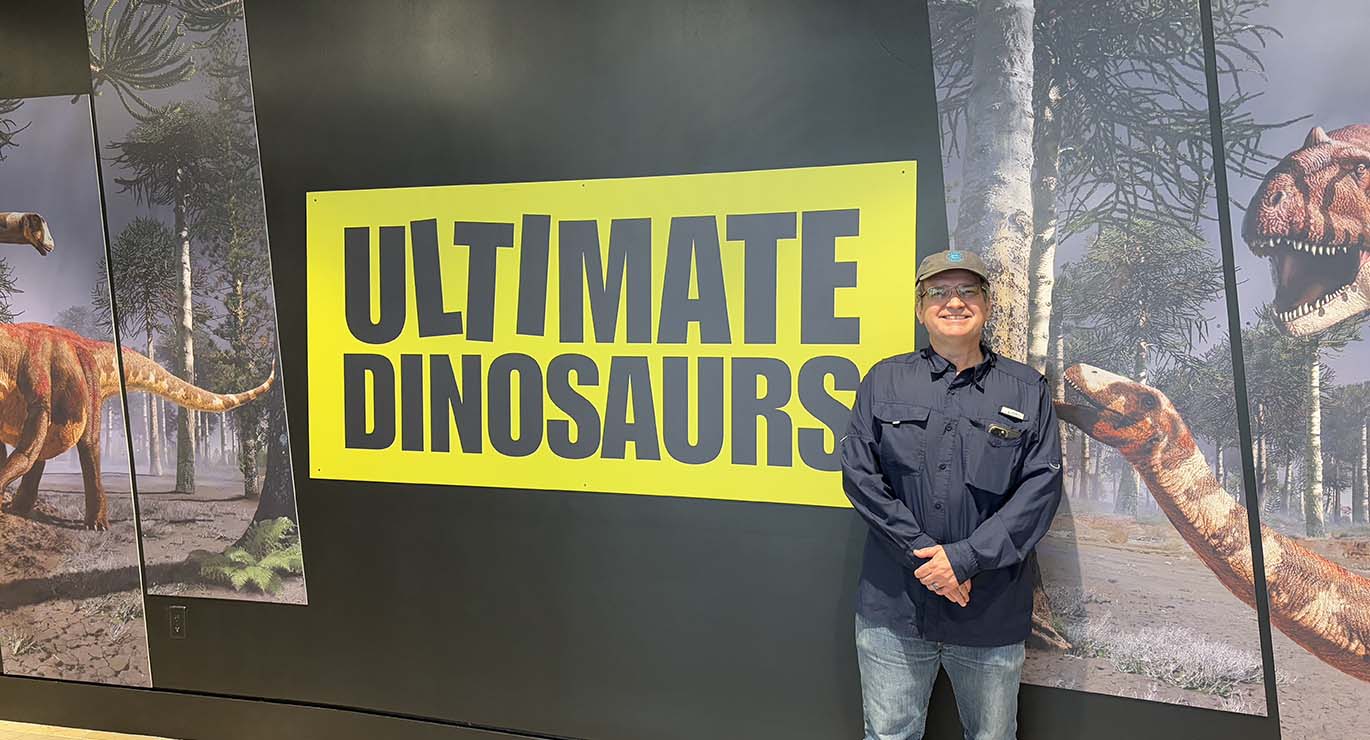
Meet Dr. Brian Curtice – Paleontologist & Founder of Fossil Crates
Dr. Brian Curtice is a dedicated paleontologist who publishes research on dinosaurs, expanding public understanding of prehistoric life. Through his business, Fossil Crates, he delivers up-to-date and engaging insights about dinosaurs and paleontology to enthusiasts of all ages.
Fossil Crates creates and sells high-quality casts, replicas, and reproductions of real dinosaur bones, offering interactive experiences for educators, museums and more. In addition to his work with Fossil Crates, Dr. Curtice is a research associate at the Arizona Museum of Natural History.
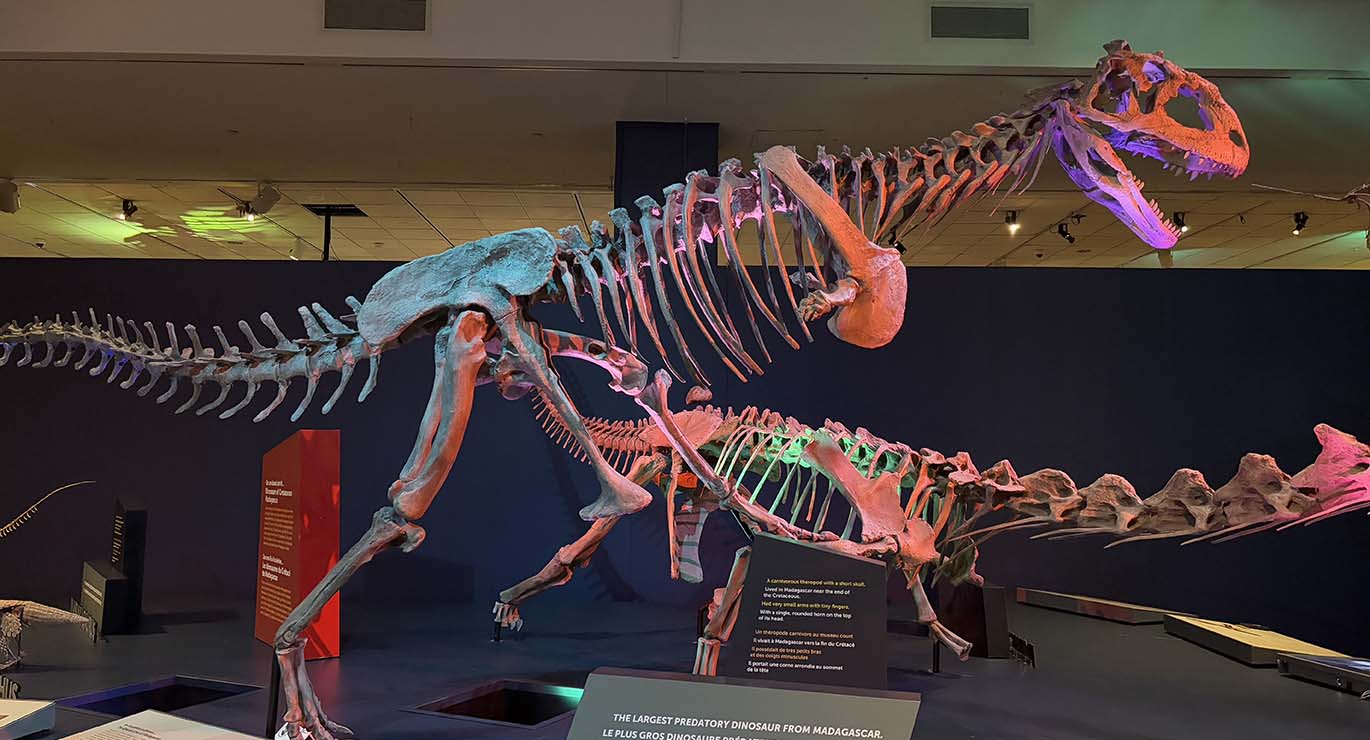
Must-See #1
Majungasaurus – First confirmed cannibalistic dino!
Evidence of bite marks on Majungasaurus fossils suggests that this dinosaur engaged in cannibalism, making it one of the first confirmed cases among dinosaurs.
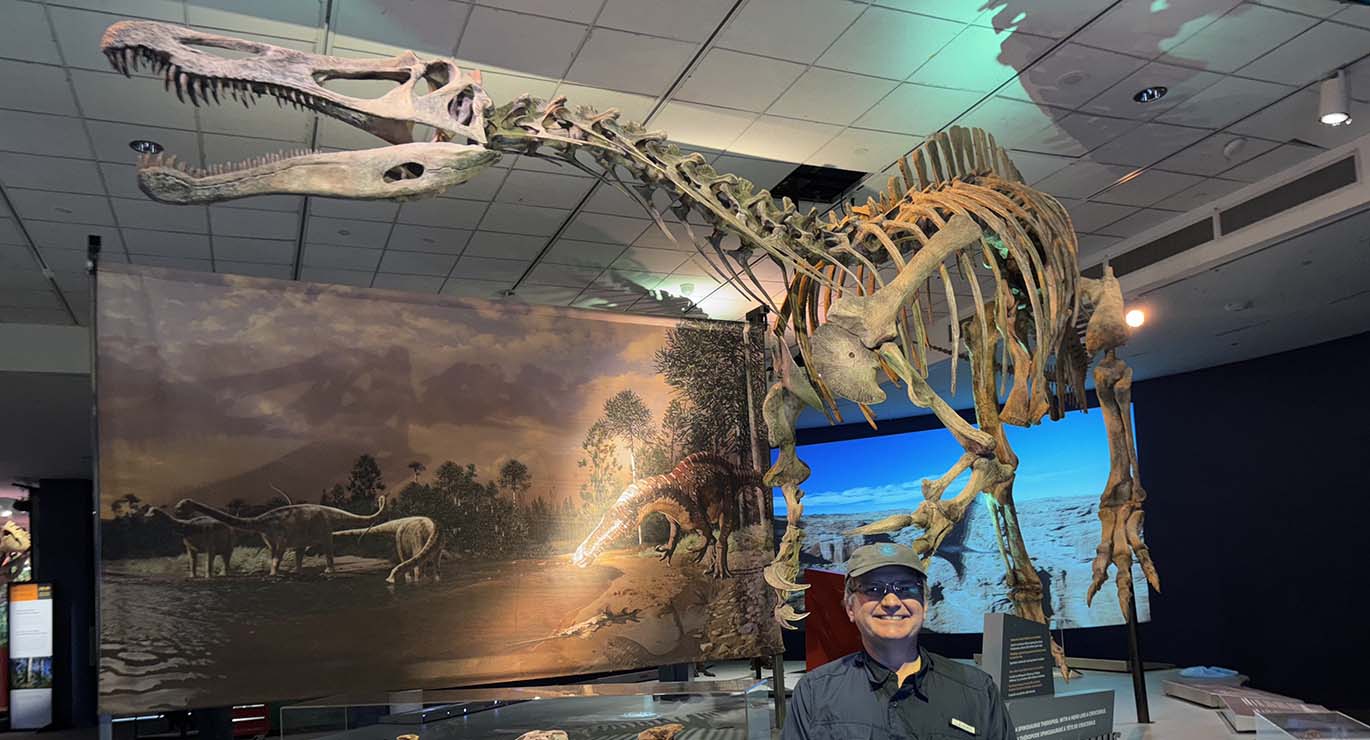
Must-See #2
Suchomimus – A rare fish-eater!
Fossils suggest that Suchomimus dinosaurs had long snouts, hooked claws, and were built for a semi-aquatic lifestyle, likely preying on fish. They thrived in river-rich environments with trees and giant aquatic specimens.
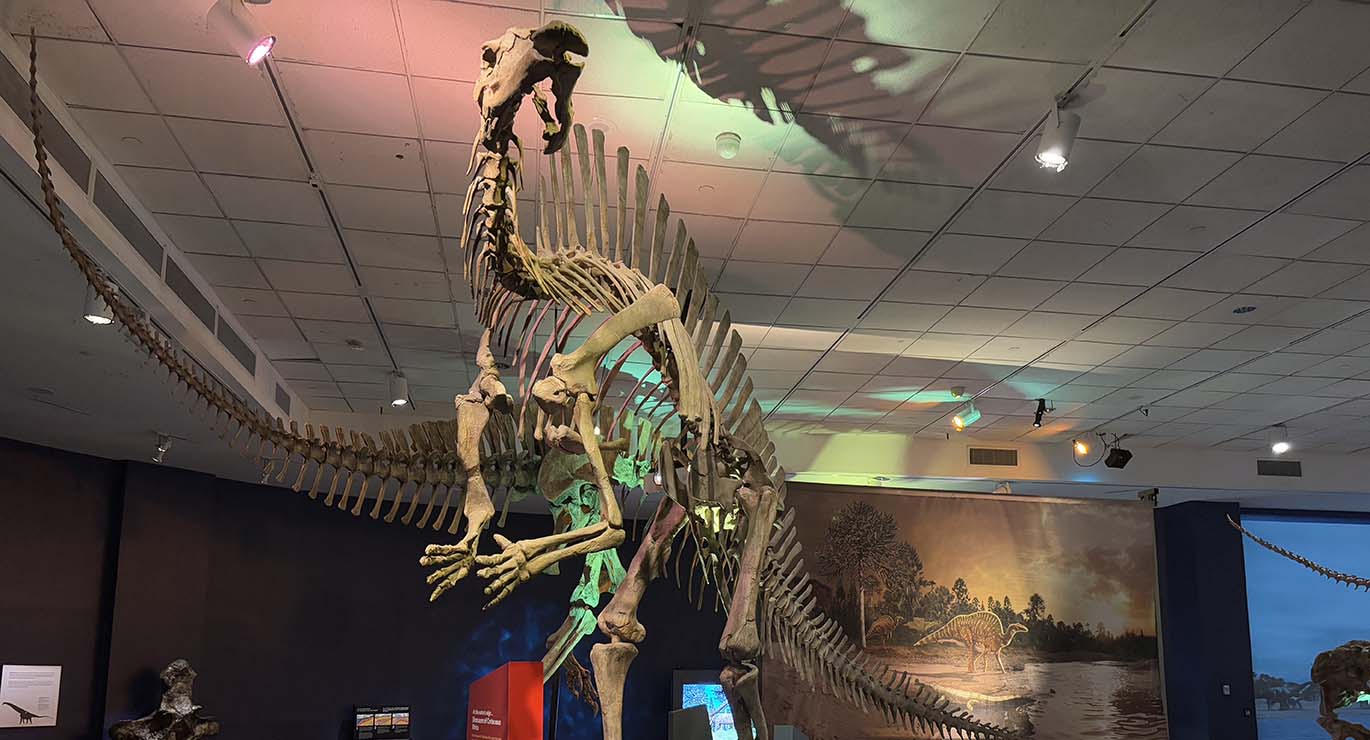
Must-See #3
Ouranosaurus – Tall spines for structure support!
Ouranosaurus had tall spines along its back, which may have supported a sail or a hump similar to a bison. This structure could have been used for thermoregulation, storing fat, or as a visual display to communicate with other members of its species.
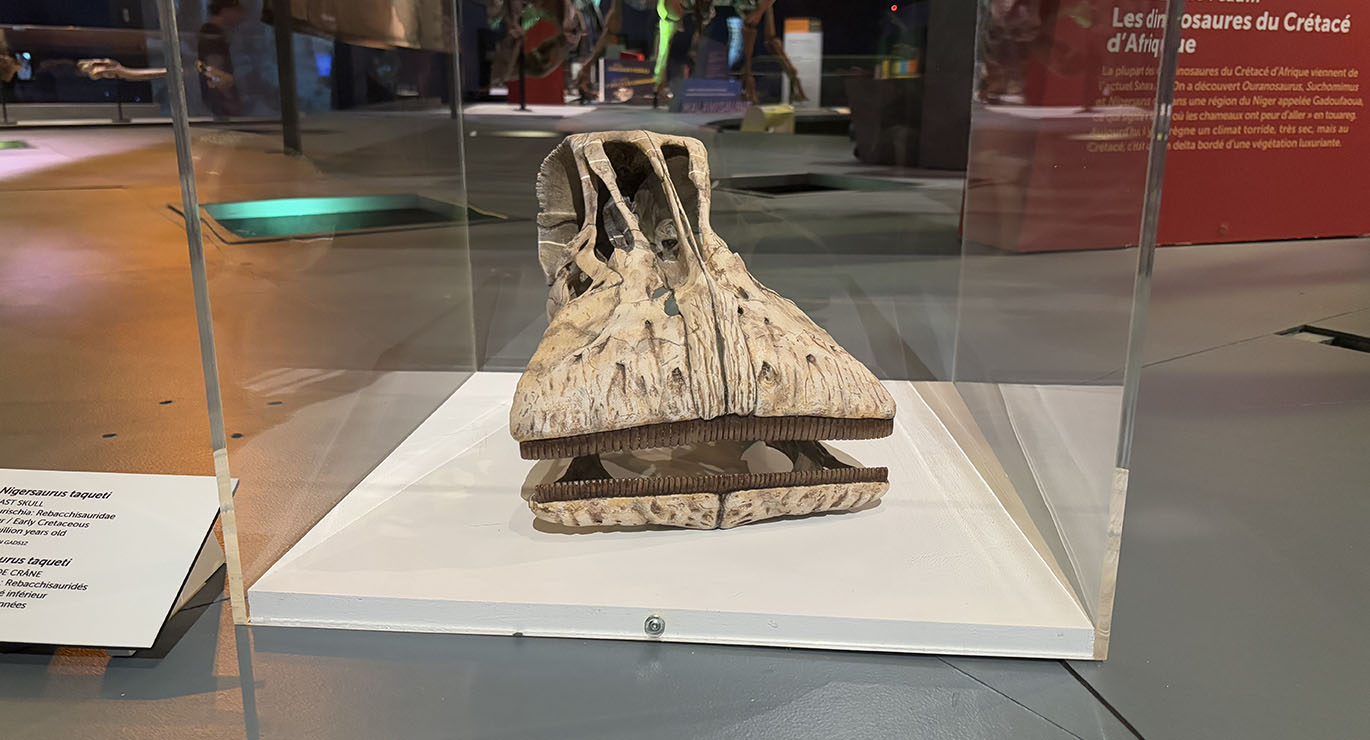
Must-See #4
Nigersaurus – Continuous regenerating teeth!
Nigersaurus was one of the coolest sauropods, thanks to its unique jaws and constantly regenerating teeth. Unlike elephants, which go through only six sets of teeth in their lifetime and can die from starvation when they run out, Nigersaurus and other dinosaurs never faced this issue—they continuously grew new teeth, allowing them to keep munching on plants without worry.
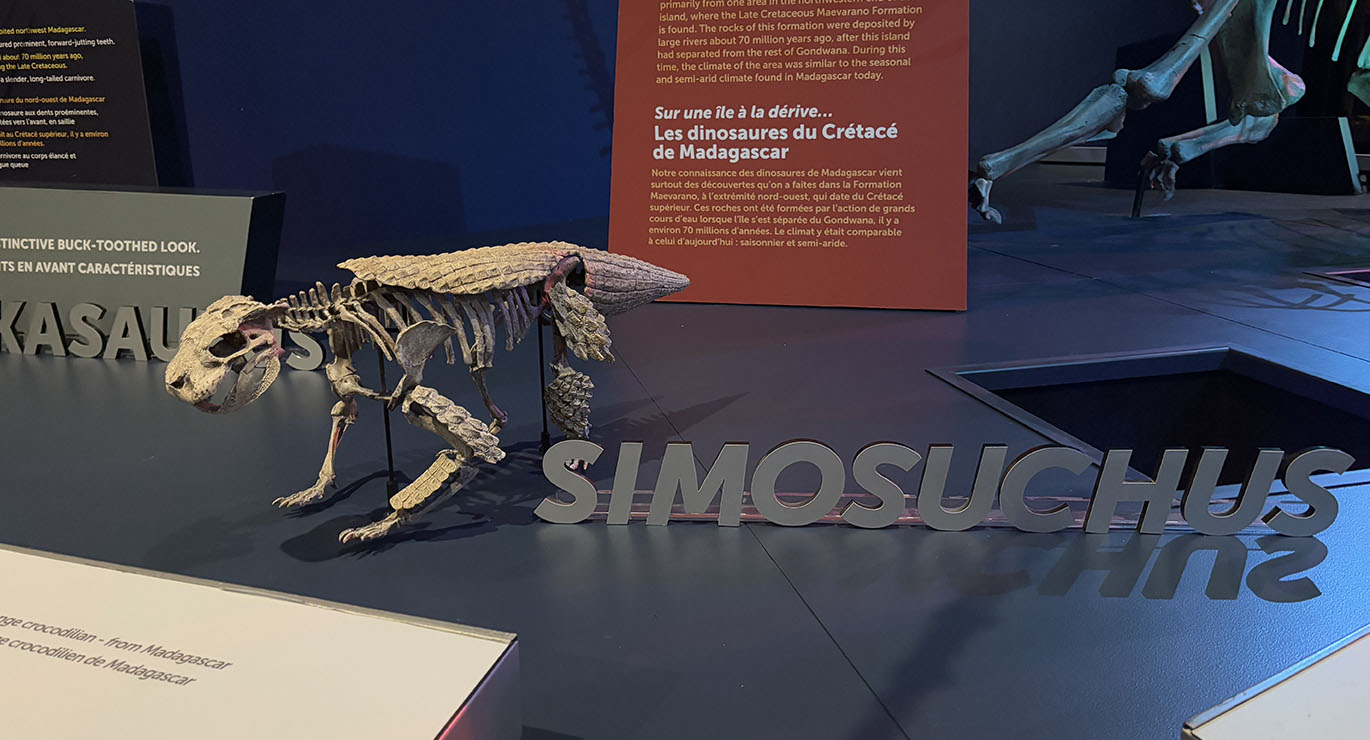
Must-See #5
Simosuchus – Might have been a popular pet!
Simosuchus was an armored, herbivorous crocodile-like reptile with unique teeth adapted for plant eating. Despite its tough exterior, it was relatively small and likely wouldn’t have been a target for large predators like Majungasaurus. If it were alive today, it's unusual appearance and friendly nature might have made it a popular pet.
Common Misconceptions about paleontologists
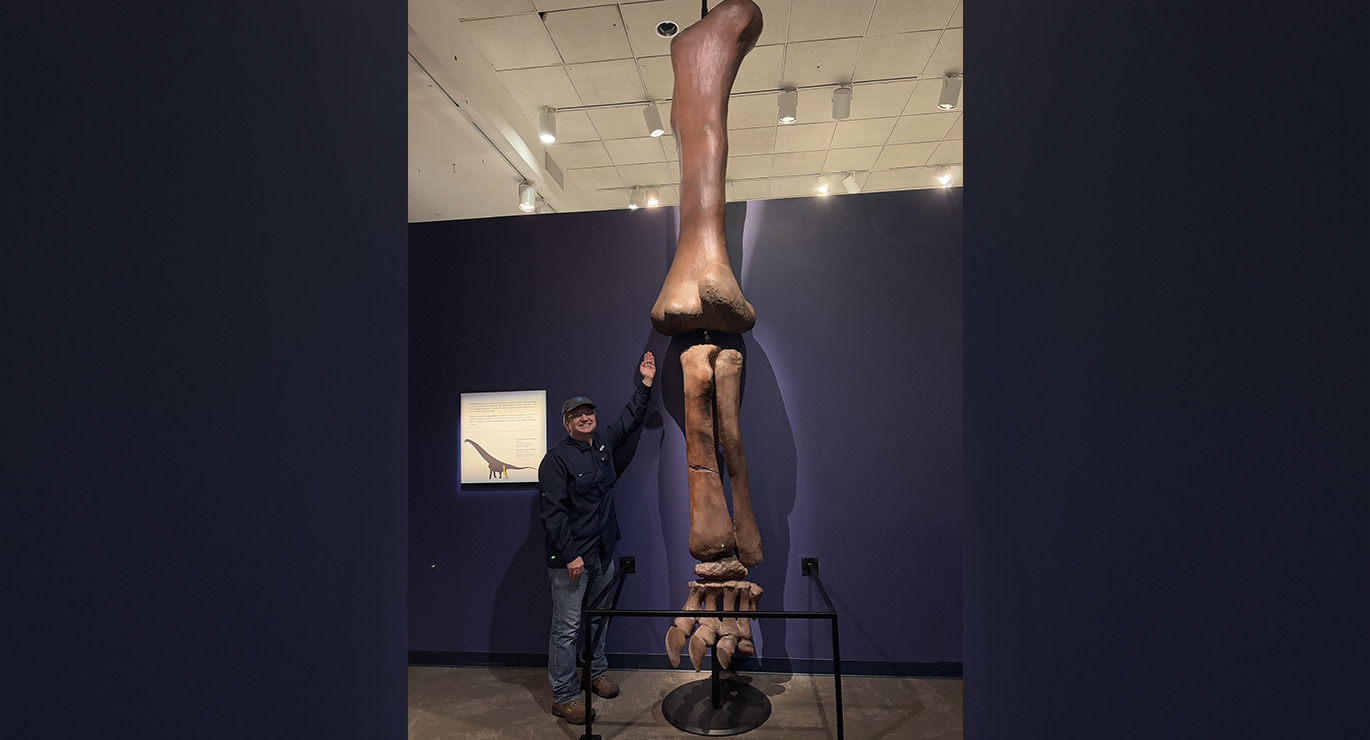
“A common misconception about paleontologists is that they frequently discover complete dinosaur skeletons. Most fossil discoveries consist of fragmentary bones from multiple specimens, which scientists' piece together using comparative anatomy to reconstruct the full appearance of an animal.” – Dr. Curtice.
How to differentiate between dinosaur bones & other bones
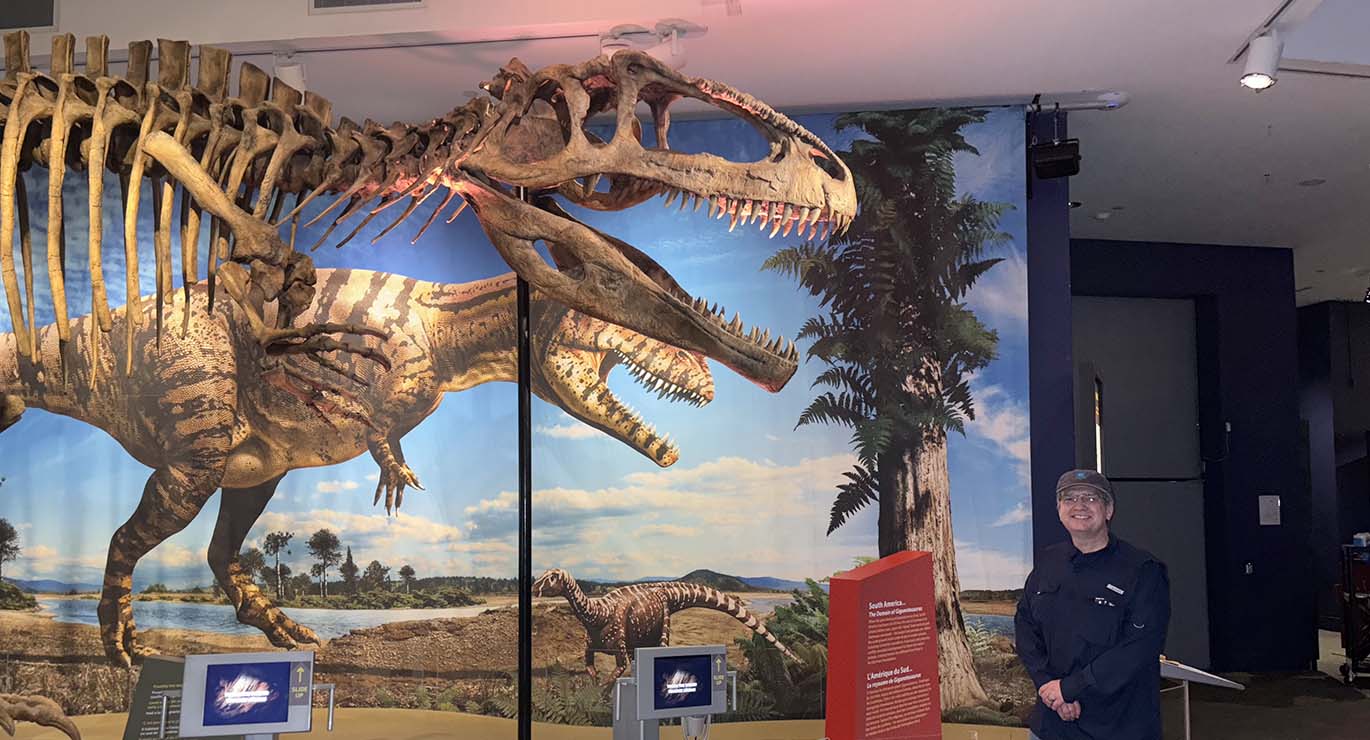
“Paleontologists differentiate dinosaur bones from those of other animals using several key features. One major indicator is the presence of air sacs within the bones, a trait shared with modern birds but absent in mammals. This similarity confirms that birds are, in fact, an evolution from dinosaurs. Additionally, dinosaur bones have distinct textures and structures when compared to a mammal’s bones. The position of the limbs also helps; dinosaurs have legs positioned directly beneath their bodies, unlike reptiles, like crocodiles, whose limbs sprawl to the sides. Another important factor is knowing the geological time-period and location where the bone was found; this is crucial for identification, as context helps determine whether a fossil belongs to a dinosaur or another type of prehistoric creature.” – Dr. Curtice
Follow Dr. Brian Curtice on Instagram @FossilCrates for more paleontology fun!
Visit Ultimate Dinosaurs, now on view through May 4, 2025. Also visit our other dinosaurs in A Walk Through Time in Georgia, Giants of the Mesozoic and on the Dinosaur Plaza. Don’t forget to take selfies and tag us @FernbankMuseum.









